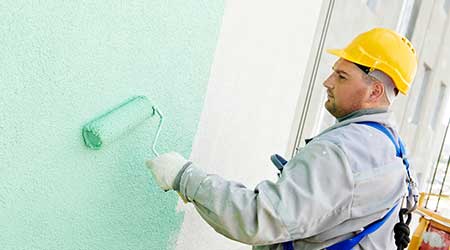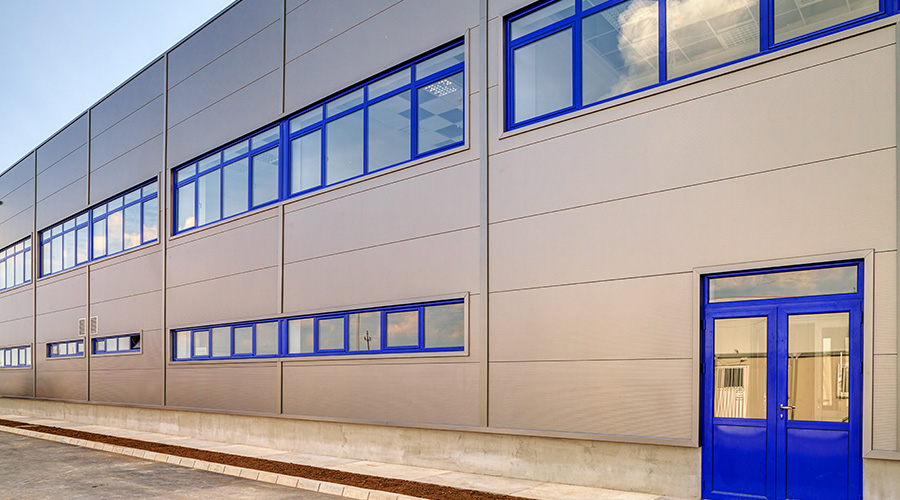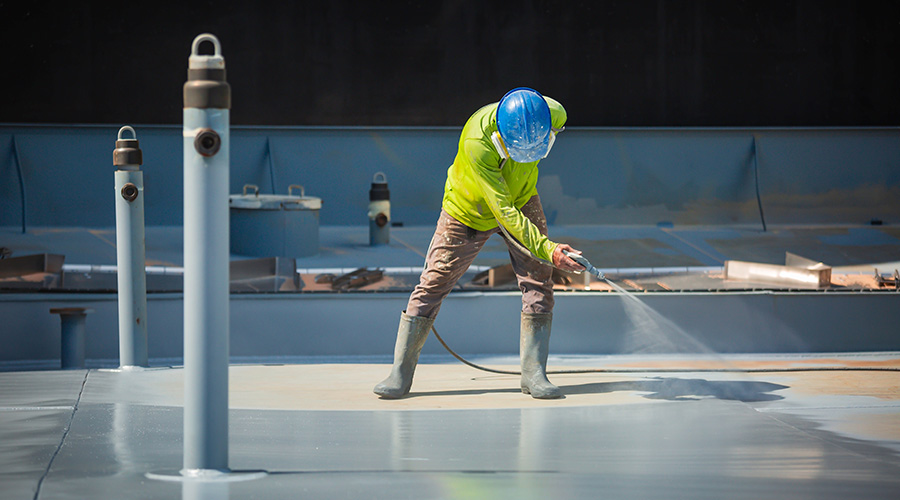 To help maintenance managers specify the most appropriate products for their facility’s needs, manufacturers of paints and coatings have continued to improve their existing products.
To help maintenance managers specify the most appropriate products for their facility’s needs, manufacturers of paints and coatings have continued to improve their existing products.Understanding New-Generation Paints and Coatings
Mangers and technicians who understand the proper applications for new paints and coatings, can select the appropriate product for the application.
New-generation paints and coatings can only deliver the desired performance if managers and workers understand the type and condition of substrates being coated and select the most appropriate product for the application.
One-coat products work best: on painted metal in good condition; on non-glossy painted surfaces; when spot priming over patches; on unpainted new drywall; on painted windows, doors, cabinets, and trim; and when changing color on paint in good condition.
On new wood surfaces, workers should use a latex or oil-based primer. On stained wood, cedar, or redwood, they should use a stain-blocking primer. On painted wood in good condition, they should not use a primer. Instead, they should use latex coatings over latex and oil-based coatings over oil-based. On exposed chipped or chalked wood, workers should remove bad areas down to bare wood by scraping and sanding and then wash away the chalk. They should use an oil-based primer on this substrate.
On new concrete or cement block, workers should use a block filler before painting. For re-painting, they need to scrape off all loose materials and repaint with the same paint type used originally.
On new aluminum or galvanized metal, they should use high-quality latex with no primer. For new galvanized metal, remove all oil and apply a galvanized metal paint without priming. For rusted or oxidized metal, remove the rust and apply a latex or oil coating over a corrosion-resistant primer. For rusted galvanized metal, remove the loose rust, apply a zinc chromate primer to the tight rusted metal surface, and apply a metal primer before the top coat.
On drywall substrates, workers should use a latex primer. Only use oil-based paint on drywall under wallpaper or to cover stains. Oil-based primers on drywall raise the grain, resulting in a rough finish.
Stains such as water, smoke, grease, or crayon require an oil-based stain blocker or stain killer. Workers can seal spot water stains with a water-based stain blocker primer, they can use a pigmented shellac primer to block smoke and soot stains and urine smells, and they can use 100 percent acrylic wood stain to block water and ultraviolet rays on exterior surfaces.
Finally, they can prime shiny interior surfaces, new and previously painted surfaces such as laminate, glass, tile, and Formica with a bonding primer before painting. Bonding primers can crack if exposed to exterior elements.
Related Topics:















